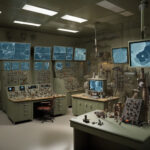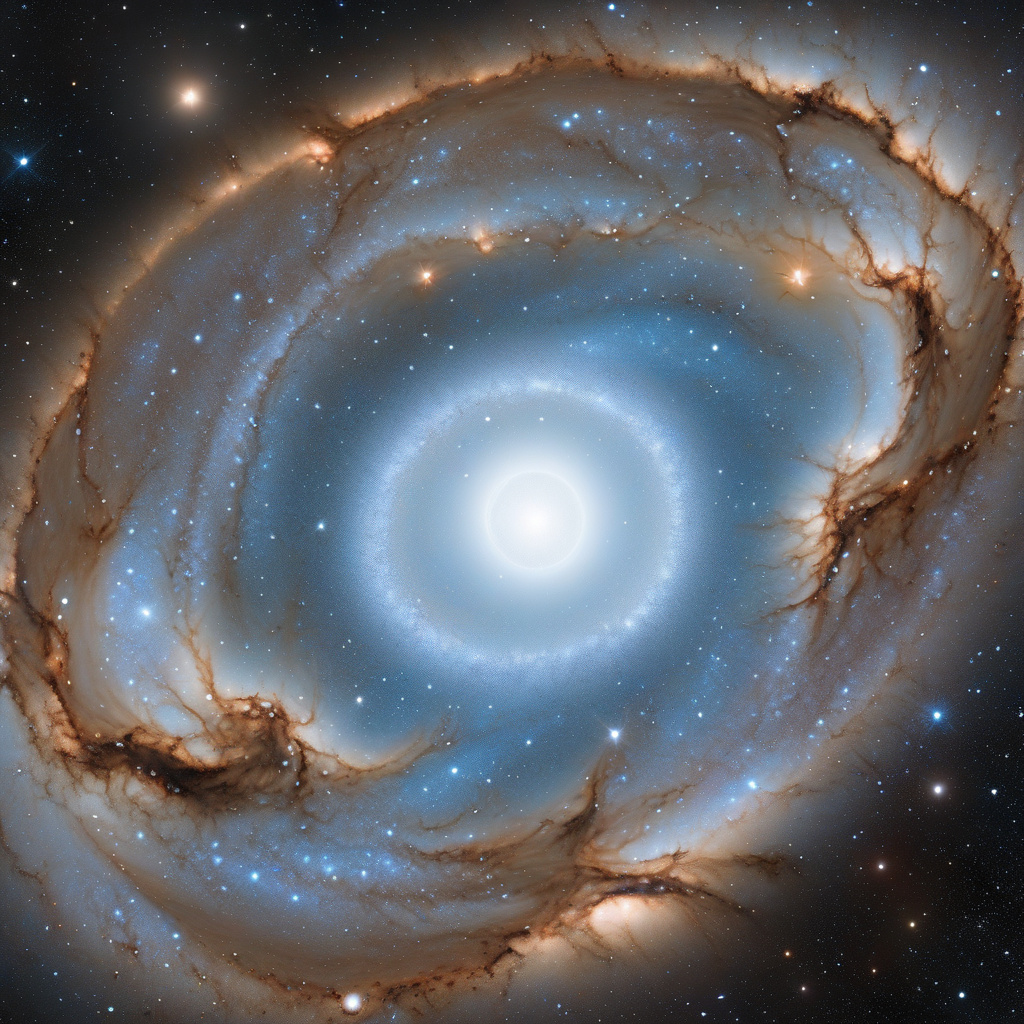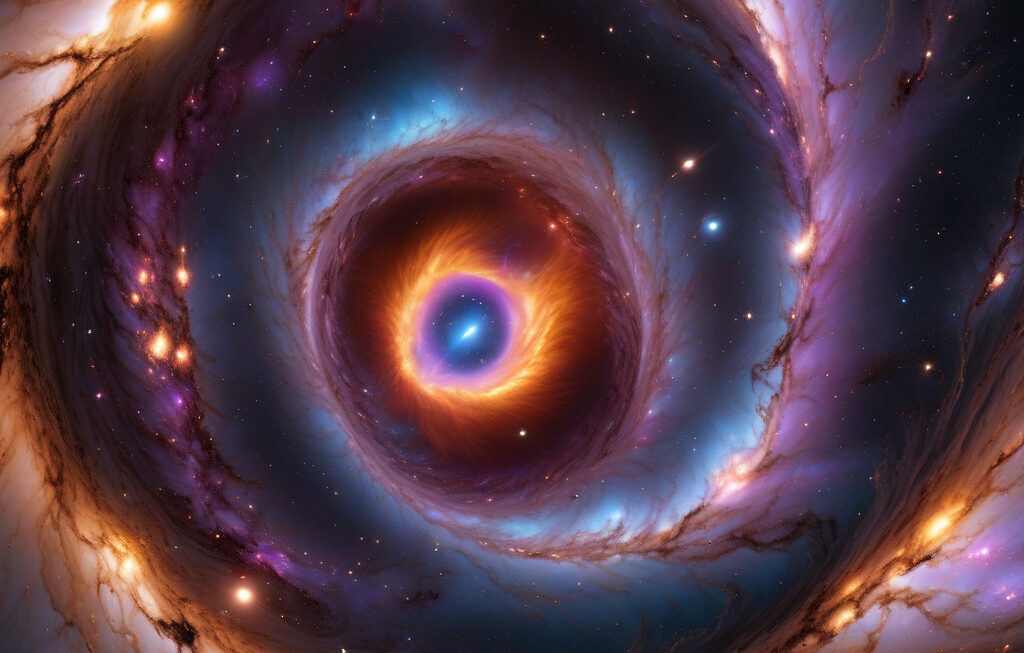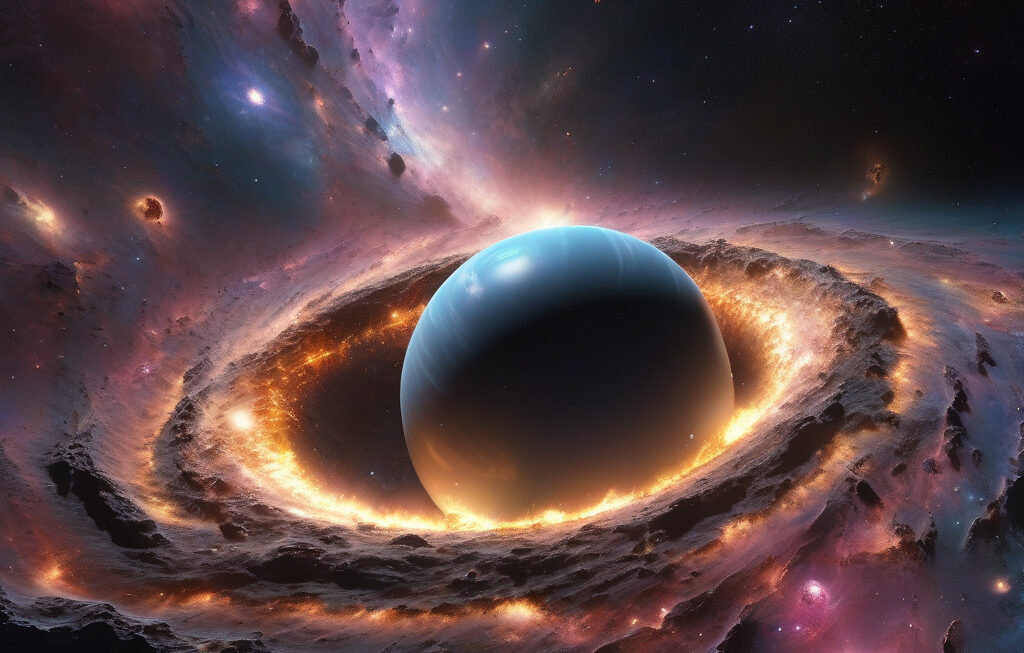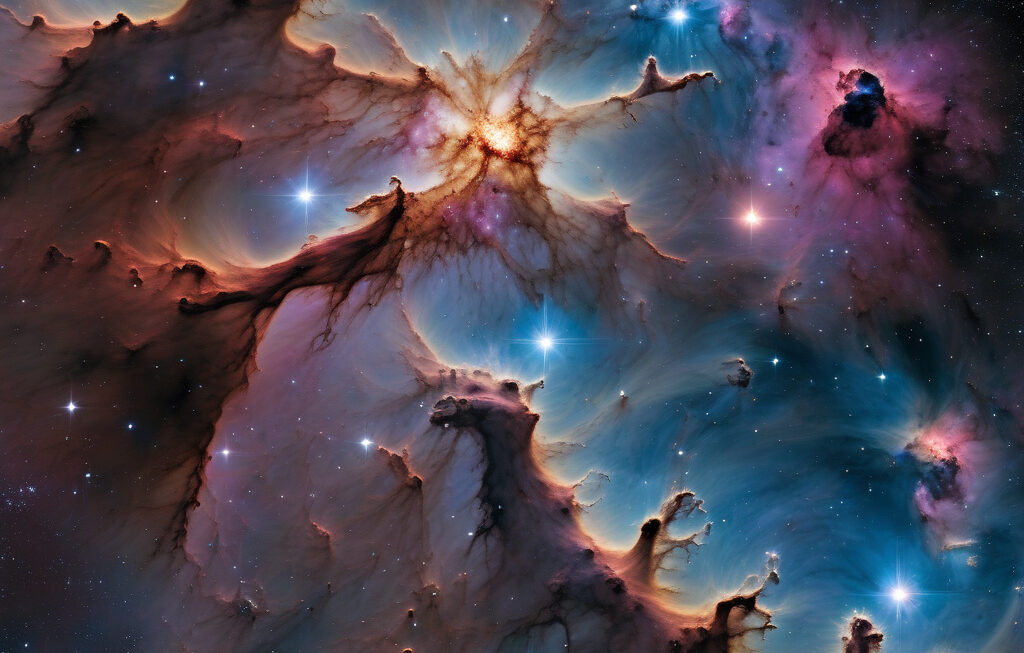‘Third Wheel’ or Matchmaker? Distant Star May Help Forge Explosive White Dwarf Duos
Some love stories are written in the stars, quite literally. A new Caltech-led study has uncovered a fascinating celestial phenomenon that could change the way we view the formation of white dwarf duos. These duos, known as Type Ia supernovae, play a crucial role in measuring the expansion of the universe and are shrouded in mystery. However, recent research suggests that a distant star may be the key to understanding how these explosive pairs come to be.
White dwarfs are the remnants of stars that have exhausted their nuclear fuel and collapsed under their own gravity. When two white dwarfs orbit each other closely, they can eventually merge and explode in a brilliant supernova. This process, known as a Type Ia supernova, releases an immense amount of energy and can outshine an entire galaxy for a brief period.
The traditional view of white dwarf duos forming from a binary star system involves two stars that are born together and evolve side by side. However, the latest study challenges this notion by introducing a third star into the mix. According to the researchers, a distant star passing by the binary system can interact with the white dwarfs, triggering a chain of events that leads to their explosive merger.
This scenario may sound like a cosmic third wheel interfering in a stellar romance, but in reality, it serves as a matchmaker that brings the white dwarfs together in a cataclysmic union. By simulating various interactions between binary white dwarf systems and passing stars, the researchers were able to show that these chance encounters can significantly increase the rate of Type Ia supernova formation.
The implications of this discovery are far-reaching. Type Ia supernovae are often referred to as “standard candles” in astronomy because their intrinsic brightness allows scientists to calculate cosmic distances with high precision. By shedding light on the mechanisms behind the formation of these supernovae, researchers can refine their models and improve the accuracy of measurements related to dark energy and the expansion of the universe.
Moreover, the involvement of a third star in the formation of white dwarf duos adds a new layer of complexity to our understanding of stellar evolution. It highlights the interconnected nature of celestial bodies within galaxies and underscores the role of chance events in shaping the cosmos. Just as unexpected encounters can lead to transformative experiences in our own lives, so too can they spark monumental events in the vast expanse of space.
As we continue to unravel the mysteries of the universe, each new discovery brings us closer to unlocking the secrets of our cosmic origins. The intricate dance of stars, white dwarfs, and passing companions reminds us that the cosmos is a dynamic and ever-changing tapestry, where even the most explosive phenomena can be traced back to a chance encounter in the vastness of space.
In the grand scheme of cosmic evolution, every star has a role to play, whether as a protagonist, a supporting character, or an unexpected catalyst for stellar fireworks. As we gaze up at the night sky, let us marvel at the interconnectedness of the universe and the cosmic stories that unfold in the silent depths of space.
love, stars, white dwarfs, supernova, cosmic evolution







